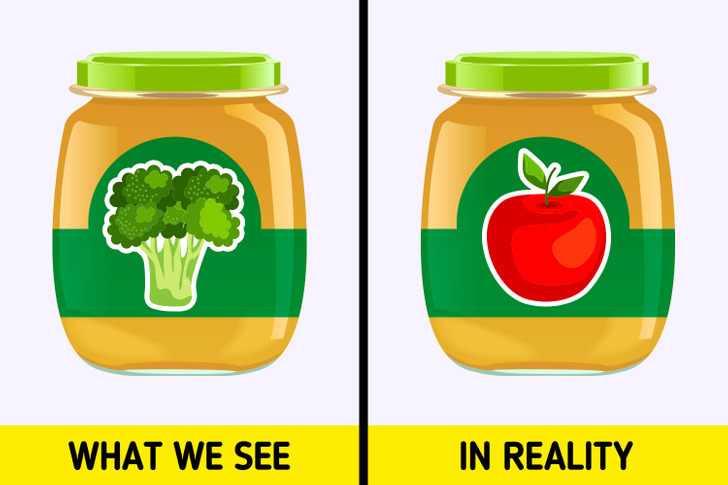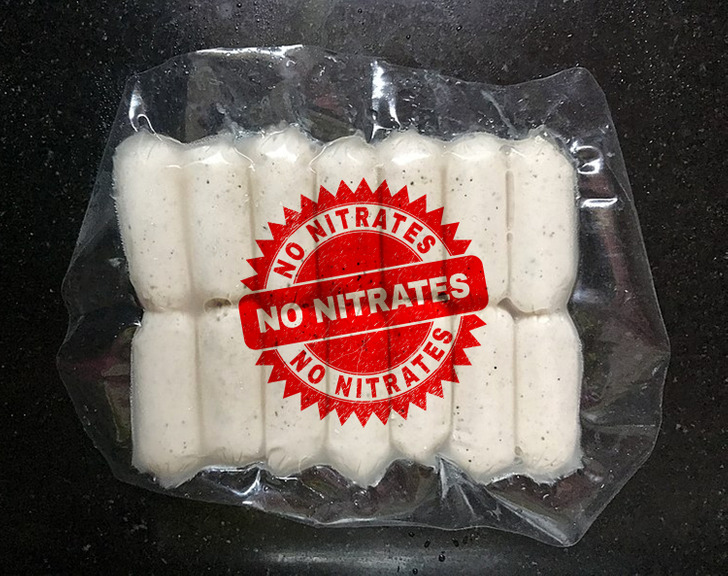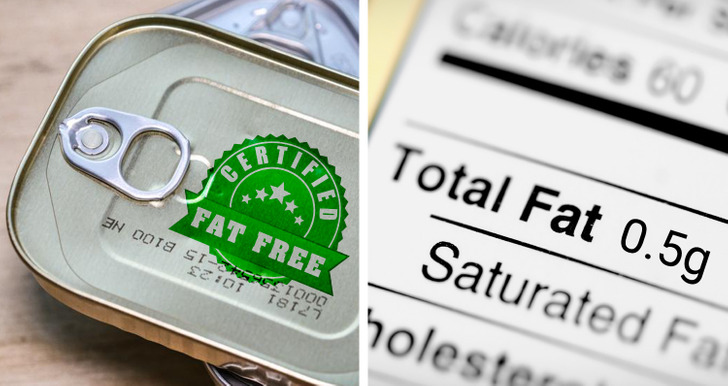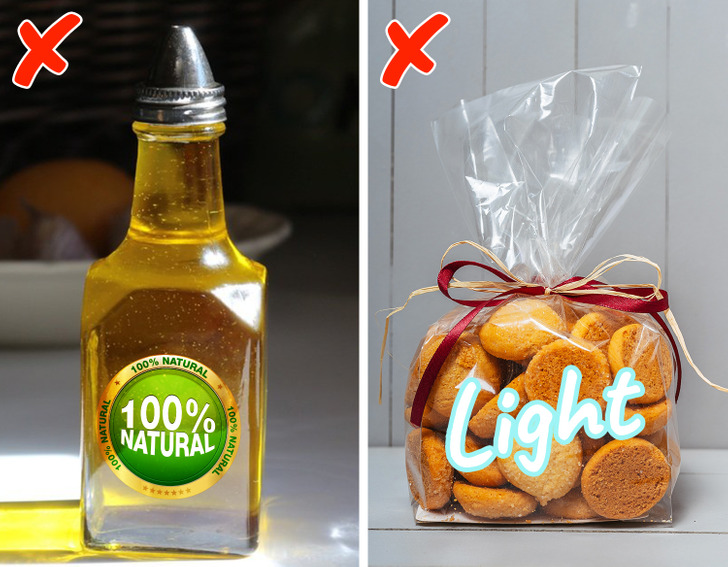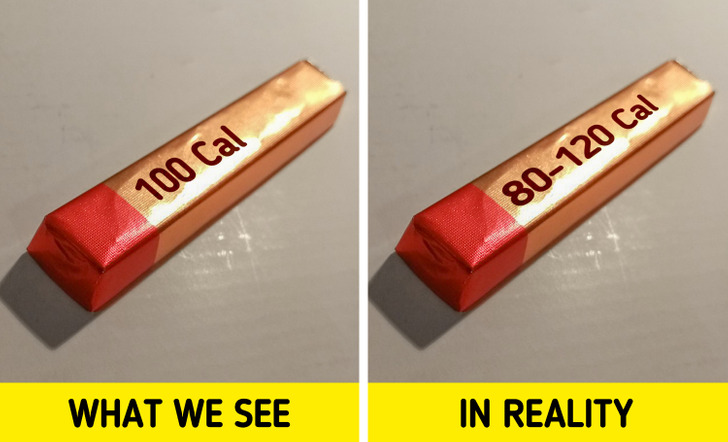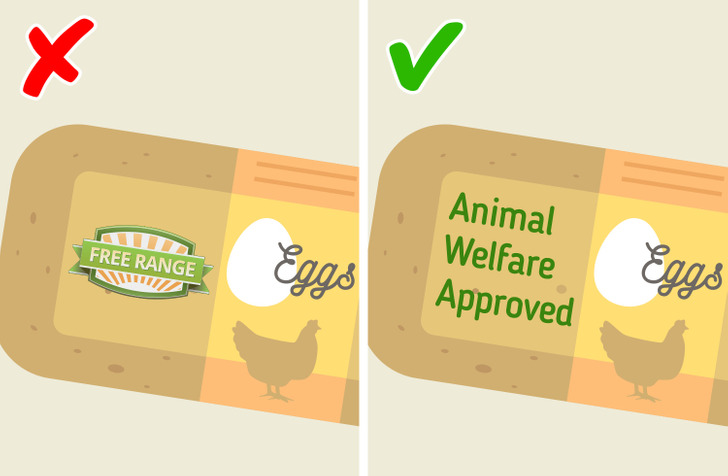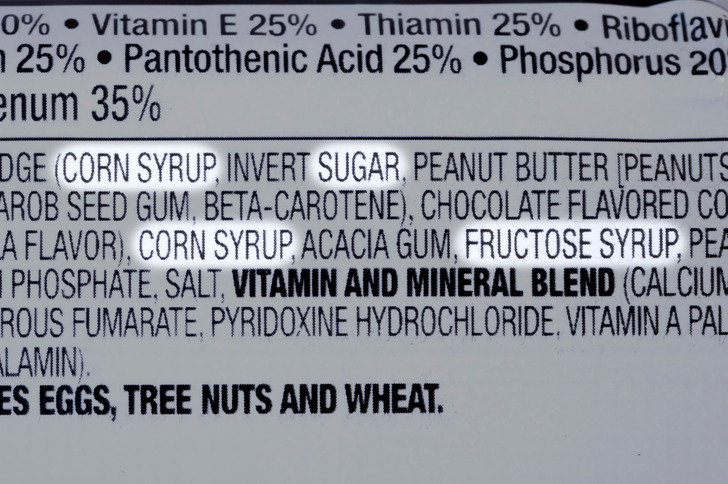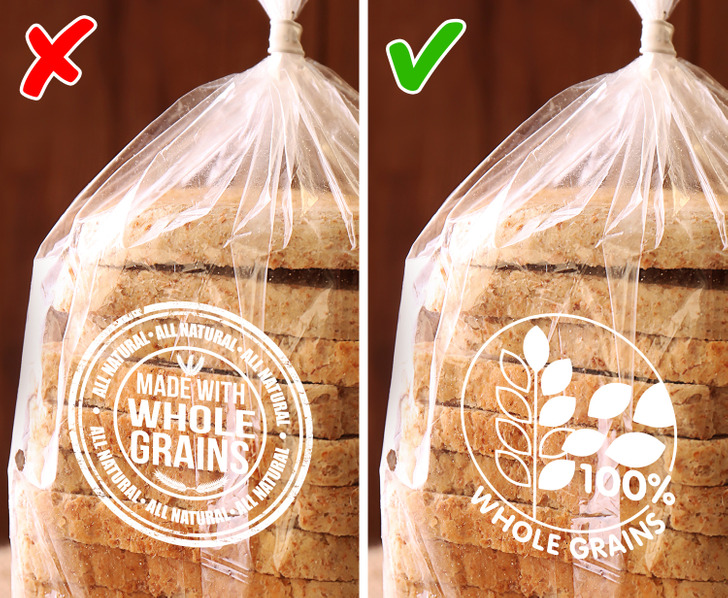So that we should learn a lesson is:Never believe the ads
8 Ways Product Labels Hide the Truth From Us
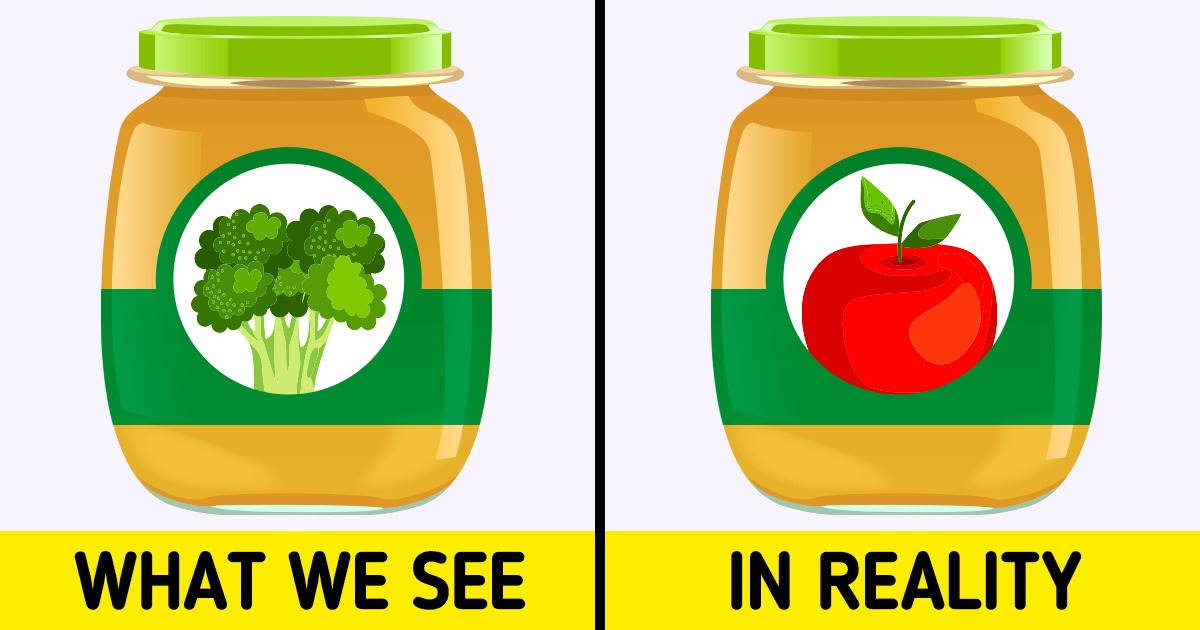
When we go to the grocery store after a long working day, the last thing we want is to try to read the ingredient information written in the tiniest font. Researchers say that only 15% of people actually pay enough attention to the nutrition info on the products they buy. This allows some manufacturers to use misleading marketing strategies to make us buy their products.
We at Bright Side found some examples of tactics that try to hide the truth about our food from us.
1. Baby food can be more sugary than we expect.
When it comes to baby food, the products that are advertised as “healthier” options might, in reality, be high in sugar, as they contain fruit, not only veggies. But we see “vegetable tastes” on the labels and believe that those are better for the kids. Such products can also claim to be “sugar-free” when, in fact, added fruits mean that the products are actually high in sugar.
2. A “no nitrates” label doesn’t guarantee safety.
“No nitrates” is a label you can frequently see on meats. While nitrates are actually harmful and it’s a good thing that they aren’t invited to your BBQ, it doesn’t guarantee that the meat is 100% safe. In addition to nitrates, your food should also be free of sulfates, phosphates, BHT, BHA, etc. Read the labels attentively in order to find safe products and avoid eating processed meat if possible.
3. Being “fat-free” doesn’t mean there’s actually no fat.
Food that is “free” of certain ingredients doesn’t necessarily contain none of them, be it fat, sugar, or cholesterol. Rules allow manufacturers to list something as fat-free if it contains 0.5 grams of it per serving — the same goes for sugar. As for cholesterol, an item can have 2 milligrams of it per serving.
4. Labels that say “natural” and “light” can be misleading.
Another word that is a good marketing tool that doesn’t have much substance behind it is the word “natural.” Specialists say that there are no legal implications for using this word on the label. On the other hand, using the word “light” is regulated, but it concerns fats only. So highly processed sugary sweets can legally be called “light” and seem rather healthy, but they aren’t really.
5. There can be more or less nutrients in a product than we expect.
According to the rules, there’s quite a large margin for error when it comes to nutritional facts on food labels: they differ up to 20% from the stated number. For instance, the calorie count of an item that says it’s 100 calories can be somewhere in the range of 80 calories to 120 calories, and the same is true for other nutrients as well.
6. Being “cage-free” isn’t as good for the chickens as it seems.
When we see labels like “free-range” or “cage-free” on egg cartons, we tend to think that chickens on such farms are living in 5-star hotel-like conditions. Unfortunately, it’s far from the truth. Those labels don’t really force farmers to let the birds roam free as much as they want (in fact, they can spend 5 minutes a day outside and still be considered “free-range”).
What’s worse, in this case, is that some cruel practices can be used, like cutting beaks or starvation of chickens to change their laying cycle. If you want to buy eggs from animal-friendly producers, you should look for those that participate in animal welfare certification programs (e.g. Animal Welfare Approved, Certified Humane, etc.)
7. Counting the actual amount of sugar can be very hard.
Sugar can have many different names. Sometimes this fact is used by manufacturers to hide the real amount of the sweet substance in the product. Here are the categories they use.
- Different types of sugar: buttered sugar, caster sugar, coconut sugar, golden sugar, etc.
- Syrups: carob syrup, high-fructose corn syrup, honey, maple syrup, oat syrup, rice bran syrup, etc.
- Other added sugars: molasses, lactose, corn sweetener, dextran, ethyl maltol, fructose, galactose, glucose, disaccharides, maltose, and others
8. Not all products with whole grains are equally good for you.
Whole grains are something we should all try to eat more of. They lower the risk of heart disease, obesity, type 2 diabetes, and have other benefits. But finding them in our food is not easy. Even though many products have labels with the words “whole grains” on them, their proportion can be insignificant. Look for the products with “100% whole grain” claims or a grain listed first on the ingredient list.
What other misleading food labels have you seen? Were you surprised by anything we found?
Comments
Related Reads
11 Stereotypes That Should Have Stayed in the Past, But Still Hurt Us Today

20+ Wise Mothers-in-Law Who Didn’t Want to Fight With Their Daughters-in-Law Like Cats and Dogs

10+ Phrases That Reveal People Who Had a Not-So-Simple Childhood
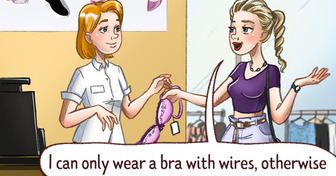
19 People Who Decided to Experiment With Their Look but Went a Tad Too Far

18 Objects With Such Strange Purposes, People Had to Ask for Help All Over the Internet to Use Them

15 Husbands Whose Wives Definitely Don’t Regret Saying “I Do”

A Polish Artist Portrays Nightmares of the Modern World We’re Too Afraid to Discuss

I Refused to Have My MIL on Another Trip If She Won’t Babysit—Her Slapback Was Brutal
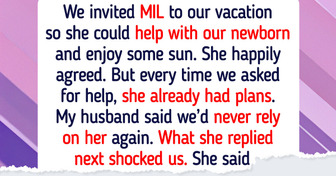
12 Moments That Prove Kindness Isn’t Weakness—It’s Power Disguised as Empathy
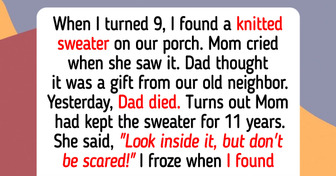
14 Stories That Prove Kindness Can Turn Regular People Into Heroes

I Refused to Earn $25K Less Than a New Hire—So I Pulled a Move No One Saw Coming
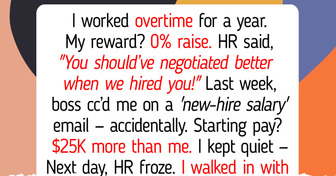
I Refused to Answer Work Chats After 7 P.M.—Now HR Stepped In

